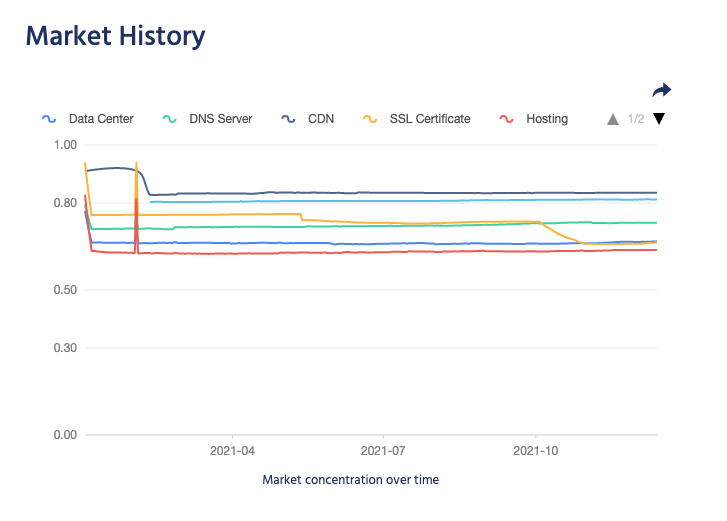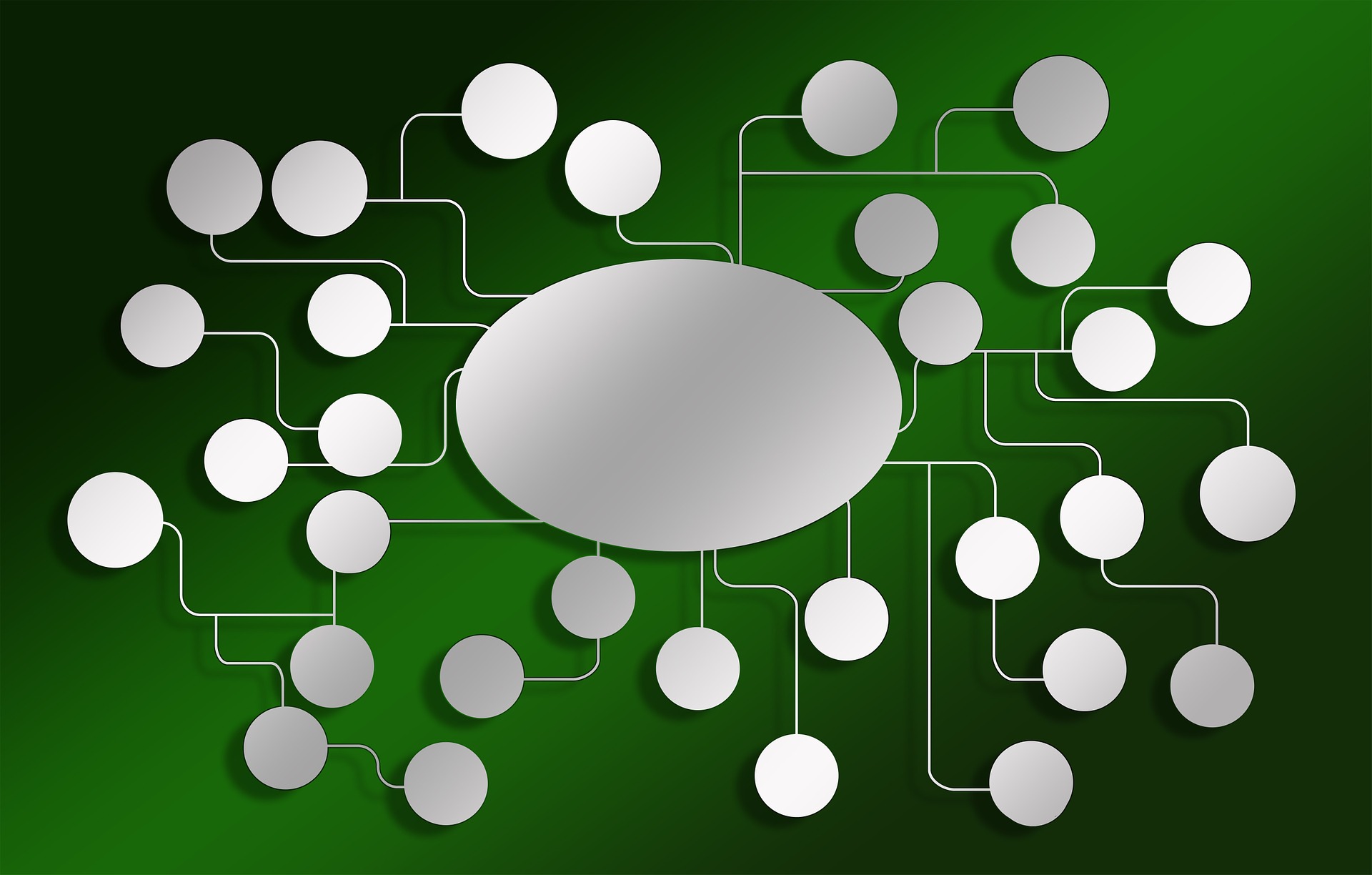[Note: On 2 August 2022, we changed the name of the Centralization focus area to Market Concentration. Find out why here.]
The Internet is built on a decentralized model. Its many network operators make independent decisions about how to interconnect, and the core functions and decisions required to keep the Internet running are distributed among its participants using open standards and protocols.
This decentralized architecture, where power and control are distributed, has been key to the Internet’s success by fostering resilience, innovation, and connectivity at a global scale.
But to what degree is the current Internet in line with this decentralized ideal? And what are the trends?
Our new Pulse Focus Area on Internet Centralization can provide some of the answers.
Growing Concentration of Power
In 2019, the Internet Society released “The Global Internet Report: Consolidation in the Internet Economy” to better understand concerns about a growing concentration of power in the Internet economy.
The report detailed a lot of complexity in understanding this topic, resulting in a collaboration with Chatham House to promote more academic research in this area, and identified data on trends as a critical issue, specifically data relating to the key concern of Internet centralization.
The concept of centralization is based on whether dependencies and control are concentrated among a few or distributed among the many. A fully centralized system means that a given activity is dependent on one actor or function, but as soon as we increase that number we need to think about degrees of centralization.
Degrees of Centralization
This focus area is about those degrees, and importantly how degrees of centralization are changing over time. We present two views:
1. Market Concentration: The concentration of providers in a given market
This first view looks at the distribution of provider market shares in the provisioning of core technologies to infer the degree to which power is concentrated or distributed, and how this is changing over time.
To do this, we compute two metrics based on the underlying data of provider market shares – the Gini coefficient (a measure of statistical dispersion) and the Herfindahl-Hirschman Index (HHI – a measure of market concentration). These measures provide complementary insights for understanding trends of Internet centralization.

2. Country Market Shares: The jurisdiction of providers in a given market
The second view looks at centralization from the perspective of jurisdictions. Centralization through this lens accounts for the concentration of service providers in specific legal jurisdictions by calculating an estimate of each country’s “market share” for a given service.

Together, these views form a complementary understanding of Internet centralization and help us to track whether power and control is becoming more or less concentrated among a few providers and/or jurisdictions as the Internet continues to evolve.
Visit the new focus area to learn more and explore the data!
For more information:
- Follow Pulse on Twitter to get the latest updates about Internet centralization, Internet shutdowns, Internet resilience and emerging technologies.
- Sign up to receive the Pulse monthly newsletter.


